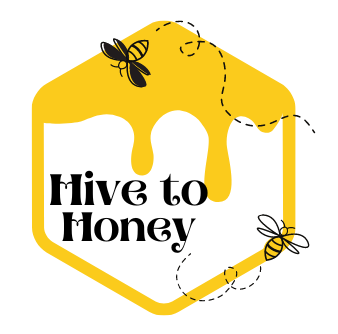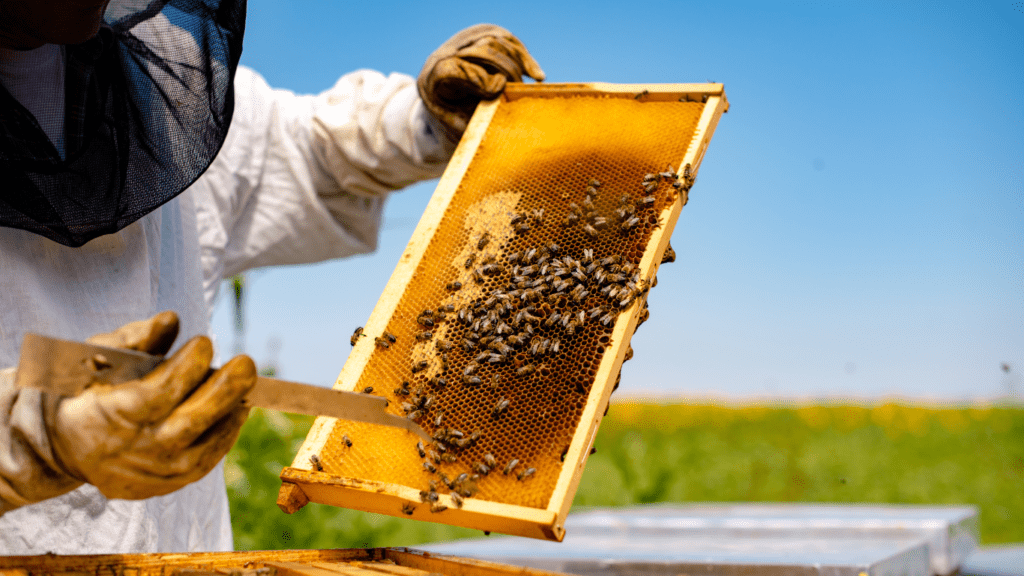Honey, nature’s sweet nectar, has been cherished by humans for centuries. The process of honey harvesting involves carefully collecting the golden liquid from beehives while ensuring the well-being of the bees. Over time, beekeepers have developed various methods and techniques to extract honey efficiently and sustainably. In this blog, we will delve into the art and science of honey harvesting, exploring different methods and the tools involved.
1. Traditional Hand Extraction:
The oldest and most basic method of honey harvesting is the traditional hand extraction technique. In this method, beekeepers use simple tools like smoke, brushes, and a hive tool to separate the honeycombs from the beehive. With careful precision, they cut the capped cells and scrape the honey into containers. This method requires patience and expertise to avoid damaging the delicate honeycombs.
2. Honey Extractors:
As beekeeping evolved, so did the tools used for honey extraction. The invention of honey extractors revolutionized the process. These devices consist of a drum or cylinder that holds the honeycombs. Using centrifugal force, the honey is extracted without destroying the comb. Honey extractors come in manual, electric, and even radial models. This method allows for faster extraction and reduces damage to the comb, making it a popular choice among beekeepers.
3. Crush and Strain Method:
The crush and strain method is a simple yet effective technique for small-scale honey harvesting. With this method, beekeepers crush the honeycomb to release the honey and then strain it to remove impurities and wax. Although it is a labor-intensive method, it requires minimal equipment and is suitable for those with a limited number of hives.
4. Cut Comb Honey:
Cut comb honey is a method that involves harvesting honeycombs in their entirety and selling them as a natural delicacy. Beekeepers carefully remove the comb sections from the hive and package them, often with the help of protective containers. This method preserves the natural state of the honeycomb, including the edible beeswax. Cut comb honey is highly sought after for its aesthetic appeal and the unique experience it offers to honey enthusiasts.
5. Flow Hive Technology:
In recent years, the innovative Flow Hive technology has gained popularity among beekeepers. This method involves a hive with specially designed frames that have cells made of transparent material. When the honey is ready for harvest, beekeepers can turn a lever, which triggers a mechanism that allows honey to flow out of the frames and into collection containers. Flow Hive technology simplifies the extraction process, minimizes disturbance to the bees, and allows beekeepers to observe the honey flow without opening the hive.
Honey harvesting is an artful blend of traditional wisdom and modern innovation. Beekeepers have developed various methods and tools over time to efficiently extract honey while ensuring the well-being of the bees. From traditional hand extraction to the use of honey extractors, crush and strain technique, cut comb honey, and the revolutionary Flow Hive technology, each method has its unique advantages and appeals to different beekeepers based on their needs and scale of operation. Ultimately, the goal of honey harvesting remains the same: to savor the sweet rewards of nature’s remarkable honeybees while fostering their health and vitality.



